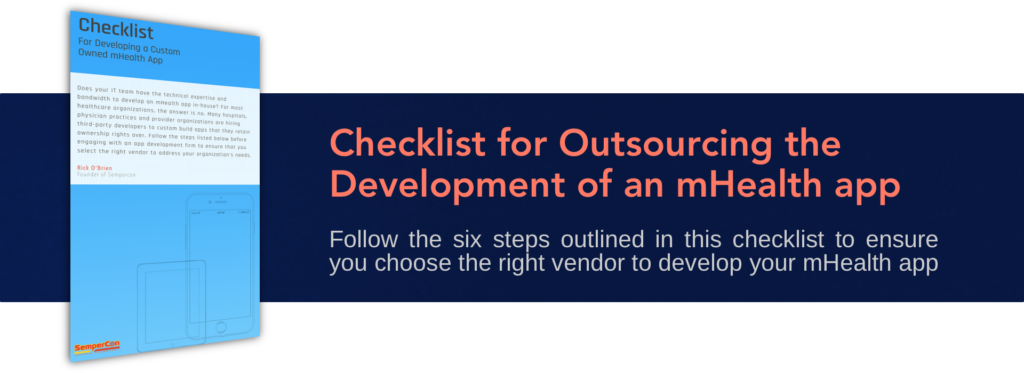Much of the conversation surrounding wearable health focuses on health consumer offerings. However, equally significant opportunities exist in developing solutions that are designed to ease the preventative care and disease management process for everyone—patients, physicians, clinicians and caregivers together. With a newfound ability to monitor health conditions, identify symptoms and communicate with care providers, people will be better served as both patients and health consumers. These functions will reduce the need for in-person care visits while empowering patients to take control of their own health. For the aging and the chronically ill, that could mean living independently when they otherwise would not be able to. For providers, targeted alerts support an expanded understanding of patient populations.
Wearable devices have the unparalleled ability to collect newfound health data—ranging from body temperature to the presence of breast cancer. When wearable devices function in tandem with well-designed mobile applications, they serve as powerful solutions for both patients and healthcare providers.
Advancing Quality of Care
The ability of wearable health technologies to collect accurate and clinically relevant data is better than ever before. With access to their sensor-generated data, patients can more easily take control of their health. Physicians, too, can benefit from wearable health devices that deliver accurate and clinically relevant data on patients outside of the care setting. When health information is flagged by these devices early on, it can mean patients get earlier treatment and health outcomes are improved. Particularly savvy health consumers can use data collected by these tools to monitor and manage their health independently.
By not only collecting but further make data more actionable, wearable health solutions have the capacity to improve patient health outcomes by improving the quality of care. With remote monitoring of clinical vital signs such as blood pressure and pulse rate, providers are able to provide ongoing disease supervision and management, even from afar. The advantages of wearable health extends beyond vital monitoring. A handful of solutions have already been developed, which can successfully detect breast cancer and monitor movement patterns for those in physical therapy. Wearable health devices that are integrated with mobile apps allow doctors to seamlessly access such newfound data on their patients in real time.
Improving Patient-Doctor Relationships
Wearable health devices alone simply serve as vessels for collecting health data. Those that are paired with mHealth applications provide channels for streamlined communication patients and their doctors, and enable both parties to quickly track and respond to patients’ critical health indicators. mHealth-enabled wearables complete with easy-to-understand data monitoring dashboards, notifications, prompts and other health management and care coordination features are best poised to transform the patient experience and care process at large.
Mobile-integrated wearable health devices that sync with EMRs encourage increased understanding between doctors and patients, improving the patient experience during appointments. Patients who utilize such tools are more likely to prepare questions related to their health data metrics. Physicians can also anticipate which health attributes will require more attention during their patient’s visit. When it comes to in-person care visits, both patients and physicians will have more complete, actionable data.
Improving Safety & Accessibility of Aging At Home
Well-designed wearable devices can both improve health outcomes and quality of life, particularly for elderly populations. Wearable health solutions make managing one’s health from the home more feasible for those with limited mobility, or other age-related health conditions. Great opportunity also lies in creating more comfortable home environments for health consumers. This wearable technology, for instance, conducts body temperature readings and automatically adjusts A/C unit temperature settings.
Wearable devices that are developed with geolocation features are particularly promising in the realm of patient safety. Tracking the whereabouts of patients suffering from health conditions such as Alzheimer’s and other forms of dementia is particularly useful for hospitals, nursing facilities and informal caretakers alike.


